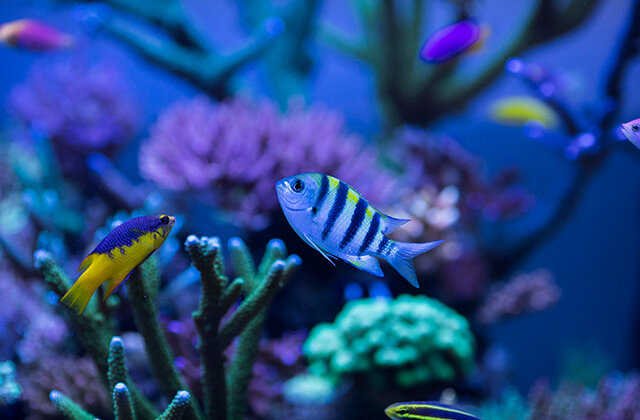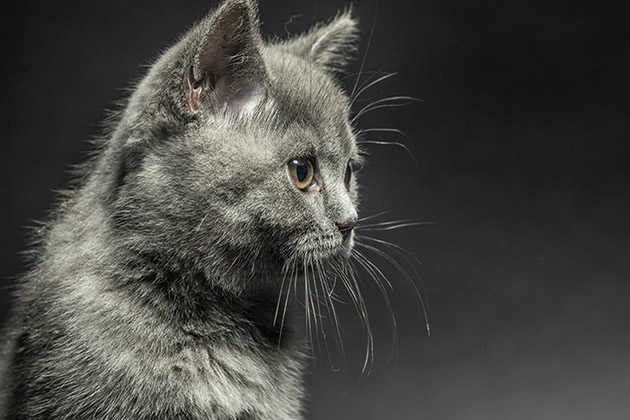How to raise tiger skin fish?Can you mix with tiger fish and fish with what fish.
Tiger leather fish
study namebarbus testrazona , Also known as four -room , English name Tiger Barb , Sumatra, Malaysia in Indonesia, Malaysia, Better 5 ~ 6CM , Suitable for water temperature: twenty four , the body is reddish brown, the lower side is gradually becoming silver -white, and there are four black horizontal bands on each side of the body.There is a red side on the black dorsal fin, the pectoral fins and the abdominal fin are red, while the red fin leaves of the tail fin are white.Famous with the fins of eating other fish.In recent years, red, green, white and other varieties have been cultivated.
Tiger -skinned fish, also known as four fish, product fish, black fishes, red piano fish, and carp. It is originally produced in Southeast Asia in Malaysia, Indonesia's Somena and Kalimandan Island.
Tiger Skin fish4-6 For centimeter, the body height, the side flat is slightly ovate.The tiger Skin fish is light yellow, with golden yellow back, and the dorsal fins, abdominal fins, tail fins and kisses are bright red.fish body 4 Black thick band -shaped vertical lines, the first vertical lines pass through the eyes, the second one is between the cheek and the dorsal fin, and the third is from the end of the beef fin at the end of the dorsal fin. The fourth is at the base of the tail fin.These stripes look like colorful tiger Skin, so they are named tiger Skin fish.Because the lower part of its dorsal fin also has a black oblique pattern, some people are also called five fish.
The tiger Skin is colorful, the lines are clear, and the body color is in22-25 The degree of degrees Celsius is the most gorgeous.
Introduction to the variety of tiger Skin fish
Common tiger Skin fish varieties include: Golden Tiger fish, Green Tiger fish, Red Tiger fish, Coffee Tiger Skinfish, etc., are the same variants and habits of tiger Skin fish, which can be mixed together.
Golden tiger leather fish
Golden tiger leather fish is golden red and jealous.In addition, there will be a few white vertical stripes with you.Although there is no green tiger leather fish, it is also one of the small ornamental fish raised in the home.There is no major conflict between golden tiger leather fish and tiger leather fish.Golden tiger leather fish likes to travel, especially in particular like bite -bite -bite -binding fins, so mixing objects in the process of mixing with gold tiger Skin fish pays attention to the slowesty, or those who are not interested in long finsof.Golden tiger leather fish reproduction is also one of the inevitable subjects.Correctly distinguish the golden tiger leather fish male and female: the pension tiger leather fish nose and mouth color red, the back fin color is more vivid;; The color of the mother tiger Skin fish is a bit white and the belly is large.During the reproduction period, the water quality needs to be controlled within a certain range, and it is consistent with the conditions required for the reproduction of tiger Skin fish.
Zheng Green Tiger Skinfish
The qualitative variation of tiger Skin fish, long body length5 ~ 6CM , The body is ovate, and it can present color such as gray green, yellow green, gem blue, dark green and other colors in the aquarium.EssenceThe shape and fin shape of the green tiger Skin fish have not changed, but the body color has changed to irregular green plaques and stripes. It is very beautiful: green tiger leather fish requires high -soluble oxygen body.In the breeding constitution, it is basically similar to other ornamental fish, but it has great difficulty in artificial reproduction, and its fertilization rate and incubation rate are very low.
The tiger Skin fish is lively, and the water quality is not high. I like to swim in the middle of the water.22-26 C grows well in the temperature.The group of tiger -rayfish rushed in the water tank, which was very spectacular.Tiger Skin fish is docile and can be mixed, but it should not be used to feed a box with Malaysia. Because of it, it has a quirk, and the frequent chest spine of caught -booked cauliflower makes it irritable and cause neurasthenia.However, when there are many aquatic plants and sufficient food, and the tiger Skin fish and cauliflower are also raised in a box, they may avoid it.Tiger Skin fish eats a large amount of food and does not eat, likes animal bait, such as fish insects, nematodes, etc.
Breeding method
The red on the male tiger's fin is deeper than the females; during the breeding, the male fish's nose and tail will appear hot red, which is very eye -catching.The female tiger leather fish is wider and larger than the male fish, especially the abdomen is enlarged.Tiger Skin fish belongs to ovarian fish,6 Moon age enters a period of sexual maturity.Tiger Skin fish breeding is not difficult, and it is required to breed water pH6.4-7.4, hardness 5-7 , Water temperature 27 Celsius.Exchange into the breeding cylinder 1/2 Differential water can stimulate the estrus of the fish.There should be some aquatic plants in the breeding cylinder, and some sterilized brown silk should be paved so that eggs can be attached.You can put the estrus in the breeding cylinder first, and then put it in the male fish after it adapts to the new environment.Because the male fish chasing females is fierce, the male fish often appear close to the female, and the rush swims in the water.Complete the activation of ovulation in the process.Each female can lay eggs at a time 200-500 For grains, remove the planting fish immediately after the eggs, because they have the habit of swallowing eggs.Tiger leather fish can breed many times a year.Fertilization 36 It hatched fishes in about hours. At this time, the fisherman's head was suspended on the wall and waterweed. 36 At about hours, palefish began to forage in food.You can first feed the "water water" and change the small fish and insects after a week to enter the normal breeding stage.The most suitable growth water temperature 24-26 , old water with high oxygen content is required.
Family raising tiger Skin fish
Origin: southern Sri Lanka
Living area: There are dense vegetation, and the rivers where the water flows gentle
temperature:21 ~ 25
Hardness: soft water to medium hard water
Feed: dry feed, live bait and waterweed
height:6.5cm the following
aquarium length:80cm
What fish can tiger fish mixed with what fish mixed nourishment
Tiger leather fish swimming quickly and agile, and tropical fish with slow movements are often attacked by adult tiger Skin fish, especially villain, cauliflower's dorsal fins and anal fins are very long and large.Mixed nursing such as peacocks and cauliflower, so it will not be bruised long after long; tiger Skin fish likes group residence, and when the number is large, it will reduce the struggle.30 The fish tank is slightly larger.In addition, tiger Skin fish can be mixed with black skirts, stone beauty, Mary fish, color skirt fish, red -tailed shark, mouse fish, moss, mouse and mouse.
Tiger Skin and color skirt fish mixed nursing is also possible.6 Around centimeters, the front half of the fish is wider, the rear half suddenly narrows, the body is faintly transparent, the color skirt fish does not like Fighting, and likes to swim in the lower waters; and the tiger Skin fish are mostly in the middle water. 5 6 Cm, swimming is fast and agile, and sexual hits.
Ratfish belongs to the lower -layer fish. They like potential sand and have little conflict with tiger fish. It should be fine.Qing Daofu's movement is slow, and it is basically dangerous. Don't put it. You can consider putting some moss.
When tiger fish and traffic Lights are mixed, you should pay attention to some methods. The size of the tiger Skin fish and the red and green Lights is not very different, because the traffic Lights are not the best partner of tiger Skin mixing. The habits of the two are relatively large.Tiger Skin fish is more fierce, tiger Skin fish and red and green light hybrid fish tanks are larger, otherwise it is likely to be the opportunity to improve tiger fish.
Tiger Skin belongs to omnivorous fish and likes to swim in the fish tank in groups.After growing into adult fish, other fish will be attacked. In particular, fish with silk -like fins with filamentous fins are not suitable for mixes such as fish and fish with silk -shaped fins.
The tiger Skin fish is good, and the phenomenon of mixing will inevitably occur during swimming, chasing and bite.In the event of an occurrence, it is treated in time. If it is found that it is more fierce, it can be isolated seriously.If you know which fish is fierce before putting the fish into the tank, you can finally put it in, which can reduce the awareness of the territory and reduce the struggle.
In the mixed care of tiger Skin, it is better to ensure that there is sufficient space.Tiger Skin fish is lively, and the food nature is very mixed. Usually feed more omnivorous foods to maintain comprehensive nutrition, so as to raise tiger Skin fish better.Raising water temperature control24 ~ 28 Change the water every day between 1/3 , Can increase the food of tiger Skin fish.



